Park Narodowy Nabq w Sharm El Sheikh

Nestled on the coast of the Red Sea in the Sinai Peninsula, Nabq National Park Sharm El Sheikh is one of Egypt’s most captivating natural treasures. Covering an area of over 600 square kilometers, the park boasts a unique blend of marine and desert ecosystems, offering visitors a chance to experience both lush coastal mangroves and vast arid landscapes in a single trip.
This protected area is a haven for nature lovers, eco-tourists, and adventure seekers. It’s home to rare wildlife, crystal-clear waters, and stunning coral reefs, as well as historical and cultural landmarks that tell the story of the Sinai’s past. Whether you’re walking along wooden boardwalks through mangrove forests or diving into vibrant coral gardens, Nabq offers a unique experience that goes beyond typical beach holidays.
The Allure of Nabq National Park
What makes Nabq National Park stand out is its diversity. Few places in the world combine mountains, desert, wetlands, and coral reefs within such close proximity. The park’s landscapes change dramatically depending on where you are:
Coastal areas lined with mangroves and lagoons.
Desert plains dotted with acacia trees and wildflowers after rare rains.
Rocky mountains that rise in dramatic contrast to the sandy shorelines.
This variety makes Nabq a paradise for photographers, birdwatchers, divers, and anyone who enjoys exploring nature in all its forms.
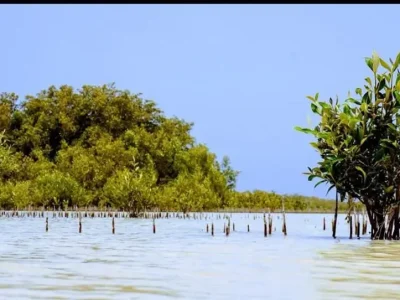
History and Conservation Efforts
Nabq National Park was established in 1992 as part of Egypt’s effort to protect its unique ecosystems. It is managed by the Egyptian Environmental Affairs Agency (EEAA) and plays a critical role in conserving marine biodiversity and desert habitats.
The mangrove forests here, for example, are among the northernmost in the world, providing shelter for fish, crabs, and birds. Coral reefs within the park are strictly protected, ensuring that diving and snorkeling activities are conducted sustainably to preserve their beauty for generations to come.
Lokalizacja i dostępność
Located about 35 kilometers north of Sharm El Sheikh’s city center, Nabq is easily accessible by car or organized tours. Visitors can reach the park in under an hour, making it an ideal day trip for those staying in the resort city.
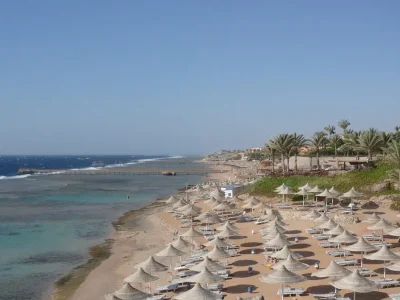
Marine Life in Nabq National Park Sharm El Sheikh
The waters of Nabq are teeming with marine life. Divers and snorkelers can encounter:
Colorful coral reefs with hundreds of fish species
Sea turtles resting near lagoons
Rays and reef sharks in deeper waters
These waters are part of the Ras Mohammed and Nabq Protected Area network, recognized for their exceptional biodiversity.
Mangrove Forests and Coastal Wetlands
One of Nabq’s most famous features is its mangrove forests. These salt-tolerant trees grow along the shoreline, their roots creating a safe haven for juvenile fish and crabs. Walking along the boardwalks through these forests is a peaceful experience, especially during sunrise or sunset when the light reflects off the water.
Desert and Mountain Landscapes
Inland, Nabq transforms into a rugged desert punctuated by the jagged peaks of the Sinai mountains. This area is ideal for:
Hiking and trekking
Desert photography
Off-road 4×4 adventures
Wildlife Watching in Nabq
The park is home to over 130 plant species and numerous animals, including:
Gazelles
Desert foxes
Ospreys and herons
Birdwatching is particularly rewarding here, especially during migration seasons.
Bedouin Culture and Hospitality
Nabq is also home to Bedouin communities who have lived in harmony with this environment for centuries. Visitors can enjoy traditional tea, learn about Bedouin crafts, and hear stories passed down through generations.
Eco-Tourism in Nabq National Park
The park is a model for eco-tourism in Egypt, with strict regulations on fishing, diving, and off-road driving to minimize environmental impact. Tourists are encouraged to:
Stick to designated paths
Avoid disturbing wildlife
Support local eco-friendly businesses
Activities in Nabq National Park
Visitors can enjoy a wide range of activities, such as:
Snorkeling and diving
Kayaking in lagoons
Hiking and desert safaris
Birdwatching
Photography tours
Best Time to Visit Nabq National Park
The ideal time to visit is between October and April, when temperatures are cooler, making outdoor exploration more comfortable.
Packing Essentials for Your Trip
Wygodne buty do chodzenia
Krem przeciwsłoneczny i czapka
Butelka na wodę wielokrotnego użytku
Camera or binoculars
Tour Options for Nabq National Park
You can explore the park through:
Guided eco-tours
Private car rentals
Organized diving trips
Entry Fees and Regulations
As a protected area, Nabq has an entry fee that contributes to conservation efforts. Visitors must follow all park rules to protect the fragile ecosystems.
Why Nabq National Park is a Must-Visit
Few destinations offer the mix of marine beauty, desert adventure, and cultural heritage found in Nabq. It’s not just a park — it’s a living museum of nature and tradition.
Najczęściej zadawane pytania
Is snorkeling equipment available for rent?
Yes, many tour operators provide it.
Are there restaurants inside the park?
No, it’s best to bring your own snacks or join a tour with catering.
Can I camp in Nabq National Park?
Only in designated areas with permission.
Is Nabq suitable for children?
Yes, with supervision, especially near water.
Do I need a permit to visit?
Entry is allowed with a purchased ticket, available at the gate or via tours.
Can I visit Nabq without a guide?
Yes, but guides enhance the experience with local knowledge.
Wnioski
The Park Narodowy Nabq w Sharm El Sheikh experience is a journey through Egypt’s natural and cultural heritage. From mangroves to mountains, coral reefs to desert plains, this park is a reminder of the Sinai’s incredible diversity and beauty. Whether you come for adventure, relaxation, or learning, Nabq will leave you with memories as vivid as its landscapes.
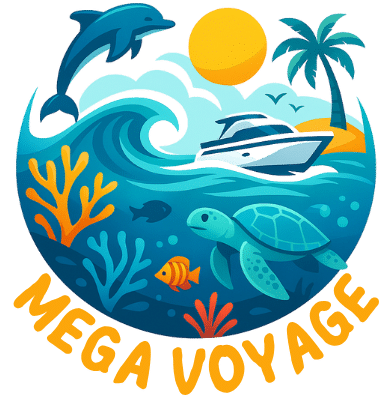

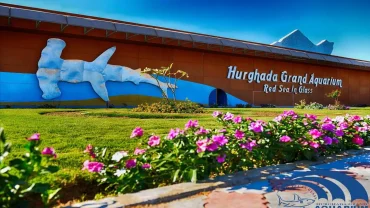
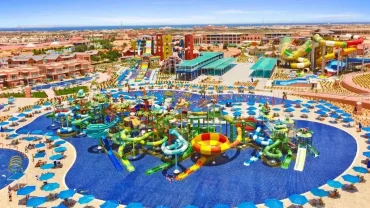
Comment (0)